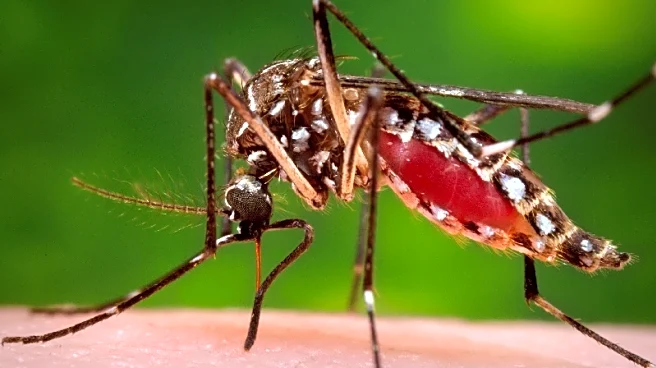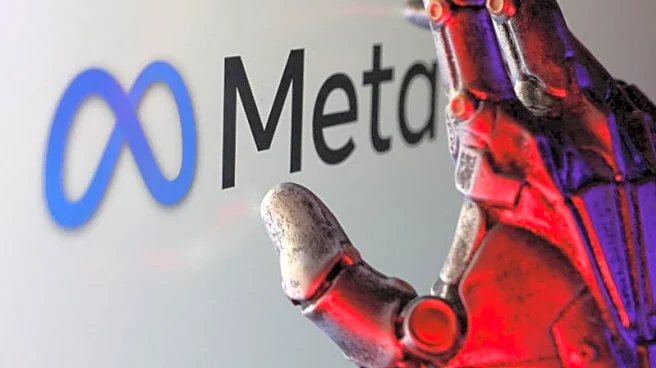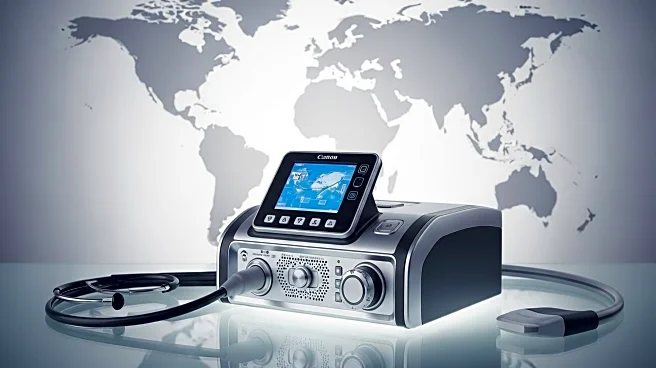What's Happening?
A viral video featuring a young girl from Collin County, Texas, performing the Heimlich maneuver on her younger brother has captured widespread attention on social media. The incident underscores the critical
importance of knowing life-saving techniques, particularly the Heimlich maneuver, which is used to dislodge objects from a person's airway. The video has sparked discussions among North Texas medical professionals who emphasize the need for public awareness and education regarding emergency response skills. The Heimlich maneuver, a technique developed in the 1970s, remains a vital procedure for preventing choking-related fatalities, especially among children.
Why It's Important?
The viral video serves as a powerful reminder of the importance of emergency preparedness and the ability to perform life-saving techniques. Choking is a leading cause of accidental death, particularly in children, making the Heimlich maneuver an essential skill for parents, caregivers, and educators. The widespread sharing of the video has the potential to increase public interest in learning first aid and emergency response skills, which could lead to more lives being saved in critical situations. Additionally, it highlights the role of social media in disseminating important health and safety information to a broad audience.
What's Next?
The increased attention on the Heimlich maneuver may lead to more community-based training sessions and workshops aimed at teaching life-saving techniques. Schools and local organizations might consider incorporating first aid training into their programs to ensure that more individuals are equipped to handle emergency situations. Medical professionals and advocacy groups could also leverage the viral video to push for policy changes that support wider access to first aid education and resources.
Beyond the Headlines
The incident raises broader questions about the accessibility of first aid training and the role of social media in public health education. It also highlights the potential for viral content to drive positive social change by encouraging individuals to acquire skills that can save lives. The cultural impact of such videos may lead to a shift in how emergency preparedness is perceived and prioritized in communities across the United States.












